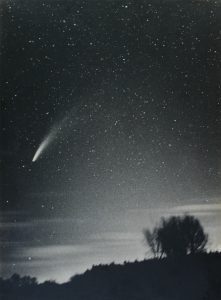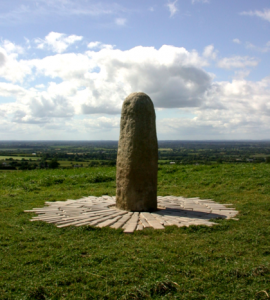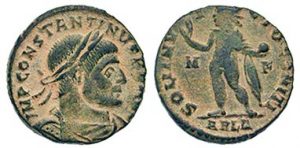A discovery in the sky
Then felt I like some watcher of the skies
When a new planet swims into his ken
—John Keats
A letter to my parents:
31 March 1970
…This morning we had another memorable experience: Tony got us up at 4:30 am to see Bennett’s comet, which is visible in the east at this time. This is believed to be a new comet, and is an extraordinarily beautiful sight, with its huge tail trailing. Can you see it from New Zealand?

The Southern Cross and its Pointers. Image from Te Ara–Encyclyopedia of New Zealand, https://teara.govt.nz
Since I was a child, learning from my father how to find due south from the Southern Cross and its Pointers, I have been fascinated by the night sky. In my homeland of New Zealand I could point out some of the interesting phenomena: the Coalsack nebula, the Magellanic Clouds. An immigrant to the Northern Hemisphere I was still learning the northern sky.
In 1970 I was too busy with children and their needs to study more about the new comet. I’ve now learned that it is considered one of the greatest comets of the past century. It was discovered on Dec 28 ,1969 by an amateur astronomer, Jack Bennett, in Pretoria, South Africa. It seems we have a southern constellation in common. From his obituary I learned that Bennett, who died in 1990, “became interested in Astronomy when as a teenager, his mother used to point out to him the Southern Cross and the brightest stars and planets, in the evenings after church service, on their way back home.”

Daniel Verschatse took this 1970 photograph of Comet Bennett near the town of Waasmunster in Flanders (Belgium).
The astrophotographer Daniel Verschatse notes on his website:
“For two decades, starting in the late 1960’s, the southern sky was patrolled by a dedicated South African comet-hunter named Jack Bennett. Using a 5-inch low-power refractor from his backyard he discovered two comets. Jack also picked up a 9th magnitude supernova in NGC 5236 (M83), becoming the first person ever to visually discover a supernova since the invention of the telescope.”
I also learned that Comet Bennett is estimated to have a period of 1700 years. So if it previously appeared in Earth’s sky, it would have been in the third century, about the time that the Roman Emperor Constantine the Great was a baby. Britain was still under Roman rule. In my ancestral Ireland, Cormac mac Airt reigned as High King from his seat at Tara.

The Lia Fáil (Stone of Destiny) atop the Hill of Tara, County Meath, where the High Kings of Ireland were traditionally installed.
Comet Bennett’s next perihelion, or point at which it is closest to our sun, is predicted to be the year 3600. Might it still exist by then, and might there be humans left to see it? Who knows?

Maryanne, what a wonderful memory to celebrate your engagement. Thank you for sharing.
Back in Feb/March 1970, my husband saw this wonderful comet in the sky on his way home. We had just announced our engagement at a party at my parents’ home. He describes it as being much brighter and bigger than the current comet that is appearing in the Northern Hemisphere. He still talks about it today, more than 50 years after the event. We lived in the northern suburbs of Sydney.
Fascinating!
I regret that our city lights prevent us seeing a true night sky. I remember seeing the Milky Way clearly for the first time and being amazed–it really was a way–a broad, curving path of stars.
Hi Maureen, I had studied the southern constellations as a uni student in Dunedin but that was before Comet Bennett appeared so it’s discovery in latter years was most interesting. Thank you for such an informative blog
Interesting